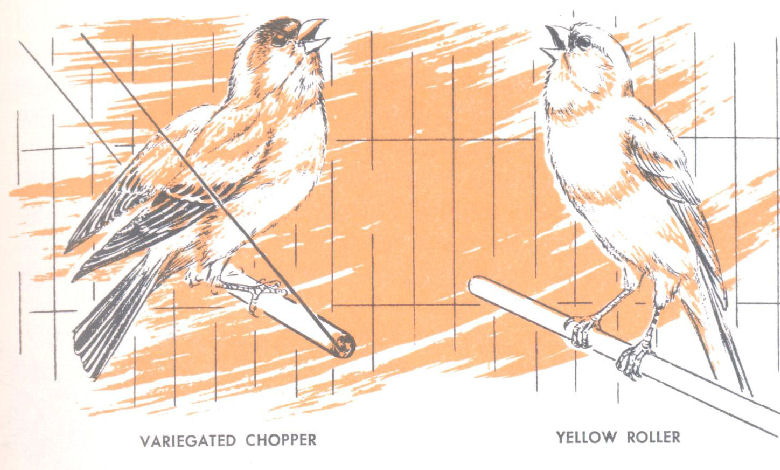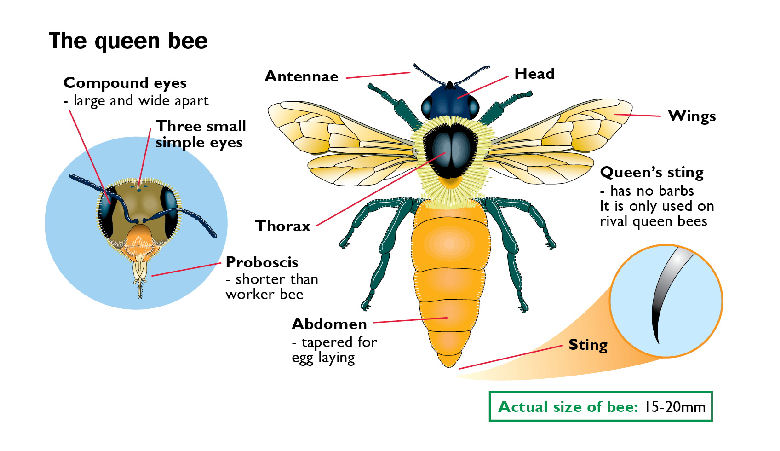Monthly Archives: April 2014
139.WHERE DO GRASSHOPPERS LAY THEIR EGGS?
Every now and then great swarms of grasshoppers have appeared in certain places and devastated the land. They are mentioned in the Bible among the seven plagues of Egypt. But every year, in most parts of the world, they do thousands of dollars worth of damage to crops.
There are many varieties of grasshoppers but they look very much alike. They all have strong jaws, three pairs of legs, and usually have two pairs of wings. The first pair of wings is leathery and straight, while the second pair is membranous and folds underneath the first pair. The hind pair of legs, which are used for jumping, are usually long and well developed.
138.WHERE DO CANARIES COME FROM?
Finches form a large family belonging to the perching order of birds. They include common British birds E.g. sparrows, yellow-hammers and sonnets, most of which are poor songsters, but also canaries.
Canaries are now bred and raised in many parts of the world, but their original natural home was the Canary Islands, the Madeiras and the Azores. in the wild state, canaries, which are finches, are about 14 centimeters long and are olive-green in color, streaked with brown above, and greenish-yellow beneath.
137.WHAT MAKES A QUEEN BEE A “QUEEN?”
In order for there to be a “queen bee,” there must be a colony of bees. But not all bees live in colonies. There are species of bees called “solitary” bees. Among them there are only two kinds of bees, the males and the egg-laying females.
But bees that live in colonies, called “social bees,” have a third form of bee known as “workers.” The workers are really female bees that ordinarily do not lay eggs. So in a colony of social bees we have the workers, the males, who are called “drones,” and the one egg laying female, the mother of the colony, who is called the “queen.”




